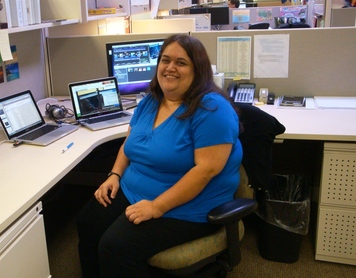Geographic Information System (GIS) Metadata Portal Website Migration
Project Site: Pacific Disaster Cente
Mentor: Ray Shirkhodai
Project Abstract:
The Pacific Disaster Center (PDC) seeks to build a more resilient world by supplying both decision makers and the general public with the information they need to better prepare for, respond to, mitigate, and recover from disasters. In order to do this, PDC collects complex data sets from a variety of different sources, and transforms and consolidates them into an easy-tounderstand format. The goal is to harvest discrete and sparse data, translate and combine them into comprehensible and actionable knowledge, and to provide easy access for the public and emergency managers, so that the results can be used in life-saving operations and in mitigation planning. In order to reach out to more people, PDC is expanding its use of social media outlets such as YouTube, Facebook, and Twitter. As part of this strategy, we have created brief but informative videos that introduce and explain PDC’s Web-based and mobile applications and posted them to the PDC channel on YouTube. The newly designed and developed short videos incorporate graphics, photos, demonstrations of the applications, and archival footage. Once the YouTube channel is populated with instructional videos, we plan to continue enhancing PDC’s social media presence by finding ways to reuse, cross-link, and improve content of our YouTube, Facebook and Twitter sites. By providing this information in a mode that the online community is familiar and comfortable with, we hope to reach and educate more people about disaster reduction means, tools, and information, and ultimately, move one step closer to fostering a society that is better able to prepare for and respond to disasters.
